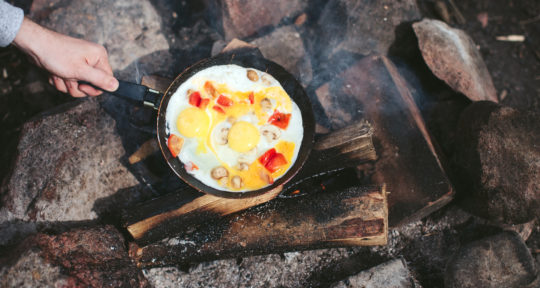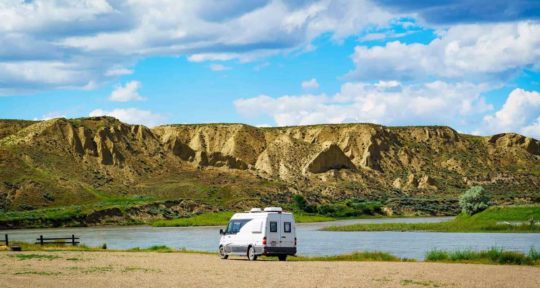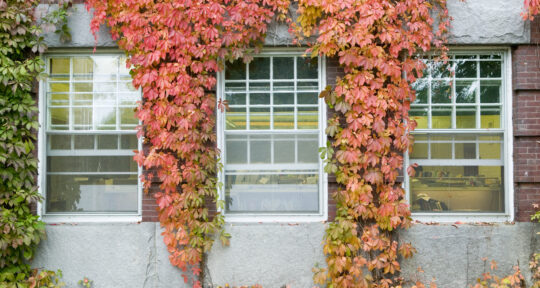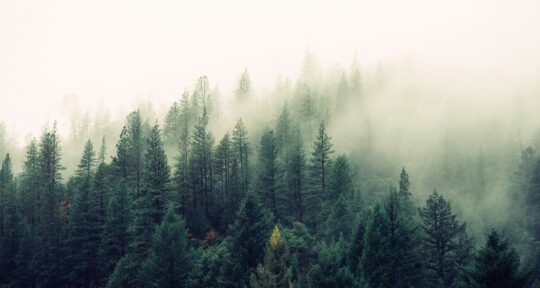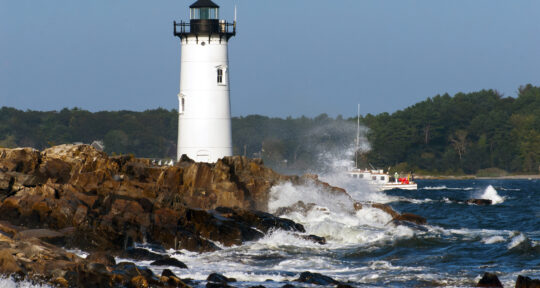In any typical year, the end of May marks the official start of road trip season. But 2020, as we’re all painfully aware, is not a typical year. The COVID-19 pandemic is not just wreaking havoc on people’s health and livelihoods—in just a few short months, it’s all but decimated the travel industry as well. Airplanes are grounded, cruise ships are docked, hotels are closed, and several states still have stay-at-home orders in place.
But for those of us who prefer road travel in our own vehicle over flights and cruises, the news isn’t all bad. According to recent headlines from The Wall Street Journal, CNN, Los Angeles Times, and many others, the American road trip is about to make a grand, splashing comeback. (Though, if you ask us, road trips never went out of style in the first place.)
There are still a lot of uncertainties, of course. But as states—and destinations—start to reopen, questions are bound to arise on how, when, and where we can travel again. We’re here to answer some of these questions.
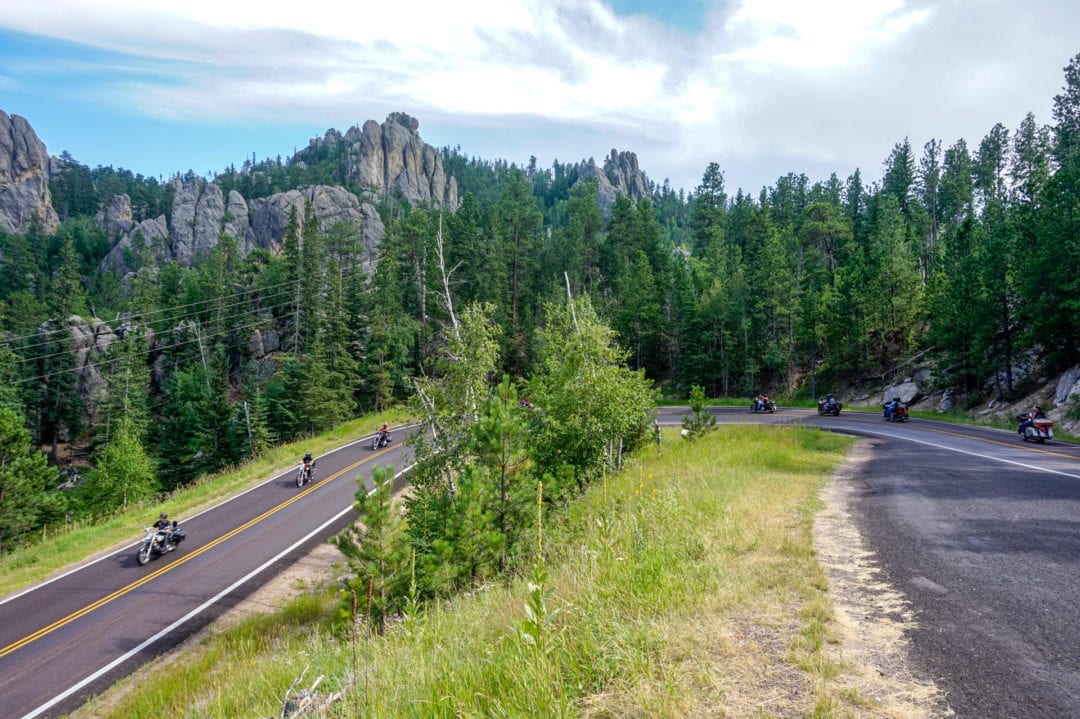
Why road trips
Just because restrictions are loosening up doesn’t mean the pandemic is over or that the virus will simply go away. The best way to protect yourself and others from getting sick is still to stay at home, according to the Centers for Disease Control and Prevention (CDC).
But for those planning a trip this summer—and by all accounts, that’s plenty of people—road trips come with a few unique features that make it easier to stay safe and responsible. Being able to control how you travel, where you travel, and who you travel with will be more important than ever in a post-quarantine world, and road trips offer just that.
“People feel like they have more control over their environment when they’re in their own car,” says Jonathon Day, an associate professor in Hospitality and Tourism Management at Purdue University. An April survey conducted by Skift Research found that two-thirds of Americans expect their first trip after travel restrictions are lifted to be a road trip.
If you’re in an RV or campervan, your opportunities to follow social distancing guidelines, avoid potentially risky areas like restaurants and hotels, and self-quarantine are even higher.
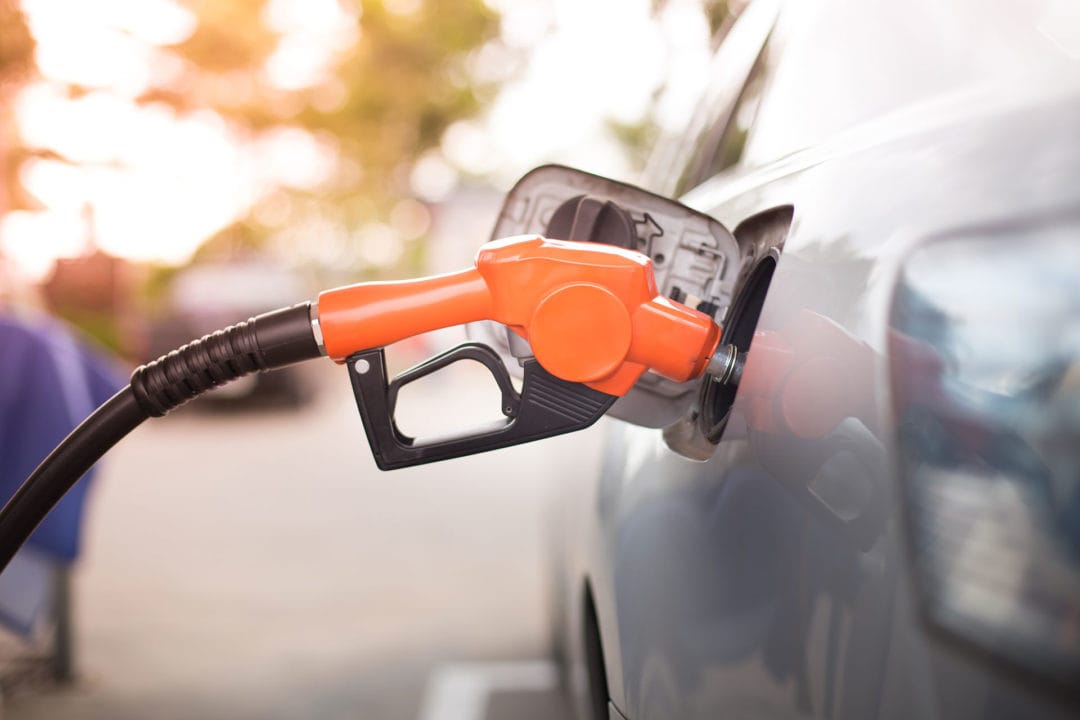
How to travel responsibly
Travel and health experts seem to agree on one thing: Staying local is key. According to the same Skift survey, 41 percent of Americans expect their first trip post-quarantine to take them less than 100 miles away from home, by car. There are plenty of benefits to staying close to home, including being able to bring along most things you need for your trip without having to stop on the way.
Day, who specializes in sustainable tourism and responsible travel, highlights the importance of supporting local businesses during these times. Many small towns are dependent on tourism and will have a difficult time surviving without it.
“I think that roadtripping is really going to be a lifeline for those destinations, for those communities,” he says. “And that it will help them find their way out of this coronavirus thing.”
Of course, smaller communities often lack the healthcare infrastructure to handle an outbreak, so it’s crucial to follow responsible travel guidelines. The CDC stresses the importance of thorough preparation ahead of any trip. Recommendations include bringing enough medication to last an entire trip, preparing food and water in advance, always wearing a face mask in public spaces, and packing plenty of hand sanitizer.
Most of us have already grown accustomed to keeping six feet of physical distance between ourselves and others, and washing our hands regularly—those measures should still be followed whether you’re traveling or not. Don’t travel if you’re sick, and avoid visiting places with shelter-in-place rules still in effect. Always look up the specific rules of the place you’re traveling to, since they can vary even between different counties, and follow state and local guidelines.
Of course, there’s no way to completely eliminate the need to stop for things like gas and food, especially on a longer journey. You can limit contact at rest stops by paying with a credit card, using hand sanitizer before and after touching any surfaces (including door handles and gas pumps), and bringing your own snacks and drinks. If you need to grab a meal on the go, consider ordering from a restaurant that offers contactless, curbside pick-up. Call ahead to find out what your options are.
“If you bring good habits from home, respect the locals, and remember that we are guests—that’s a pretty good prescription for a sustainable trip,” Day says.
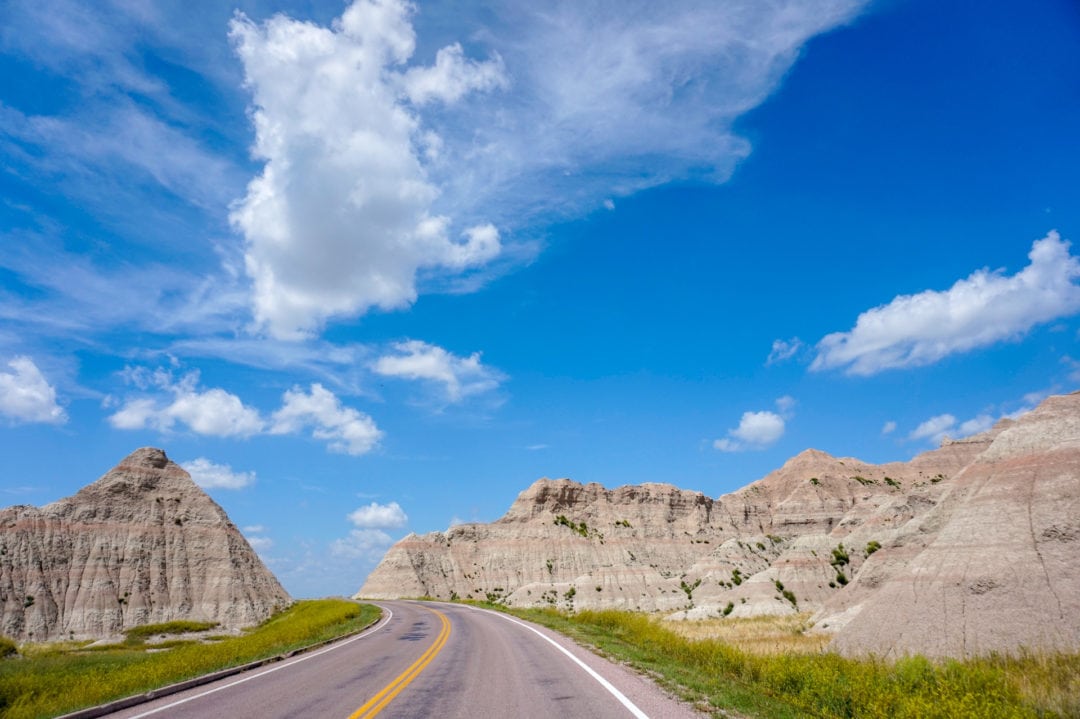
Where to go
Thinking of heading straight for the nearest national park? You’re not alone. “Parks are part of our DNA as a people,” says Will Shafroth, president and CEO of the National Park Foundation (NPF). “People can’t wait to return to parks when it’s safe to do so, evidenced in part by the increased interest in engaging with digital park experiences.”
Some recent studies seem to suggest that the likelihood of catching the virus outside is low, and, in a Washington Post op-ed, three Harvard professors even went as far as suggesting that “the benefits of getting outside vastly outweigh the risk of getting infected in a park.”
But there are still things to keep in mind before visiting a national or state park. NPF recommends postponing any challenging or potentially dangerous activities (like hiking or rock climbing) to allow first responders and small communities to concentrate on COVID-19-related issues. They also suggest only recreating with people in your own household, keeping your distance and wearing a mask near others, and packing out what you brought in since restroom facilities and trash pickup is likely to be limited.
“Our partners at the National Park Service are laser-focused on the health and safety of employees, visitors, volunteers, park concessionaires, and others in the communities where parks are located,” says Shafroth.
Rather than immediately hitting the road to Yellowstone or Great Smoky Mountain, where you’re likely to encounter larger crowds, Shafroth suggests finding a less-visited park. “Remember, there are more than 400 national parks across the country. We’re always a big proponent of also exploring lesser-known parks,” he says. “It helps us spread out visitation, learn something new, and see something new.”
For information about which parks are open, and any restrictions to services, go to nps.gov. You can also search for state parks on your specific state’s parks and recreation website. Make sure to double check what’s open, which activities are allowed, and any additional guidelines in place. Since recommendations are changing so rapidly, information online can quickly become outdated. It’s always wise to call any place you plan to visit ahead of time to get the latest information.
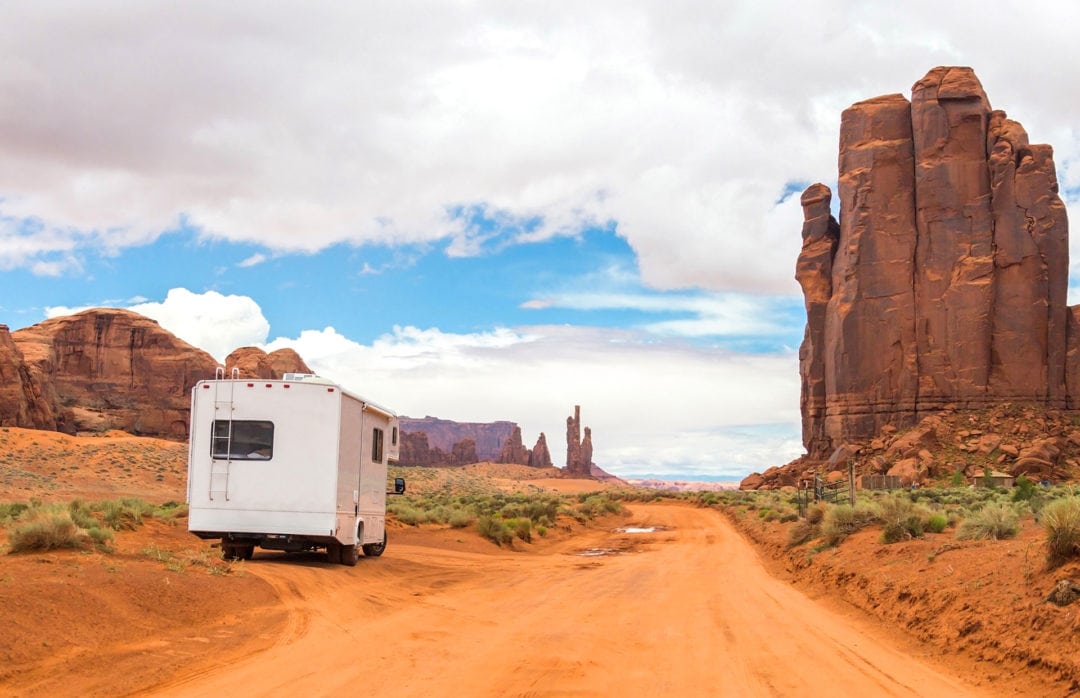
Where to stay
Roadtripping is not the only thing about to make a big comeback—based on a number of recent surveys, camping is about to see a similar boom. “People are looking for alternative forms of vacation coming out of the pandemic, and RVing, road trips, and camping are definitely going to be on that list,” says Toby O’Rourke, CEO of Kampgrounds of America (KOA).
Campgrounds have started opening up all over the country, including in states with stay-at-home orders still in place, and the RV industry is reporting a growing demand. With many hotels still closed, or with complicated guidelines in place, traveling with your own accommodations has emerged as a safe alternative even for people who weren’t previously campers.
In a just-released COVID-19 edition of KOA’s North American Camping Report, travelers rank camping as the safest type of travel. In addition, a third of leisure travelers who haven’t camped before now report having an interest in camping. Among prospective campers, camping is considered an affordable way to travel, with the added benefit of connecting with nature after staying indoors for an extended period of time.
“Intuitively it makes sense that people want to be outside after having been under stay-at-home orders for so long,” says O’Rourke. “Camping is a great way to spend time with your family and friends, and take a small vacation or a couple of days away in a somewhat safer environment where you can still be diligent about the virus.”
If you’re able to travel in a self-contained vehicle, like an RV, your options for minimizing exposure are even greater.
“I think we’ll naturally see a lot of people gravitating toward RVing, because it’s a self-contained unit—you can have all of your own belongings and food and your own bathroom,” O’Rourke says. She recommends first-time RVers look into RV rental options to start.
If you decide you’d still rather stay in a hotel or vacation rental, make sure to carefully read and follow any guidelines provided by the specific hotel or host. And since availability may be limited (some hotels and campgrounds are operating at a lower capacity than normal to keep contact between guests at a minimum), it’s always wise to book accommodations in advance.
Roadtripping is a great way to explore some of the most beautiful places in the country while still avoiding big crowds, and after being cooped up in our homes, many of us are understandably antsy to hit the road again. Just remember to be mindful of risks, both to yourself and others.
If we learn anything from these last few months, it should be to always behave respectfully toward any people you encounter or communities you visit during your travels. Be kind, act responsibly, and leave it better than you found it.

